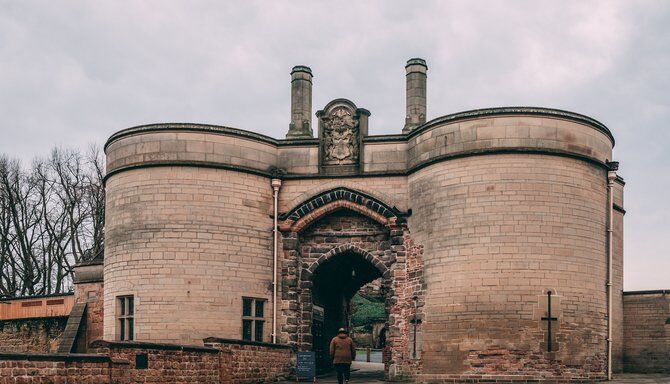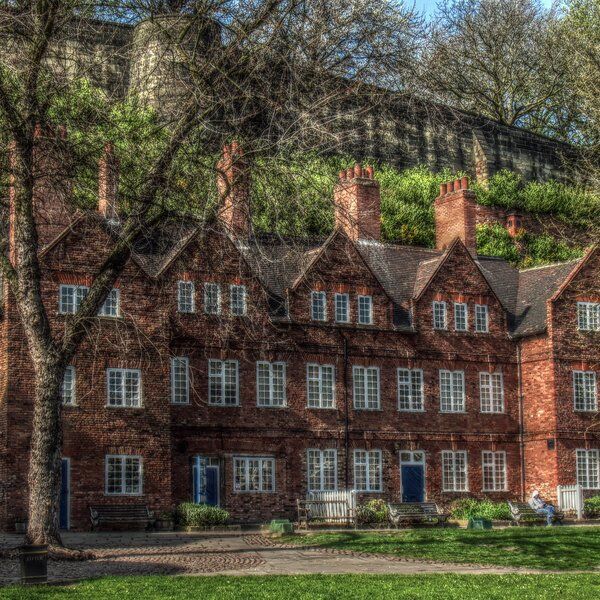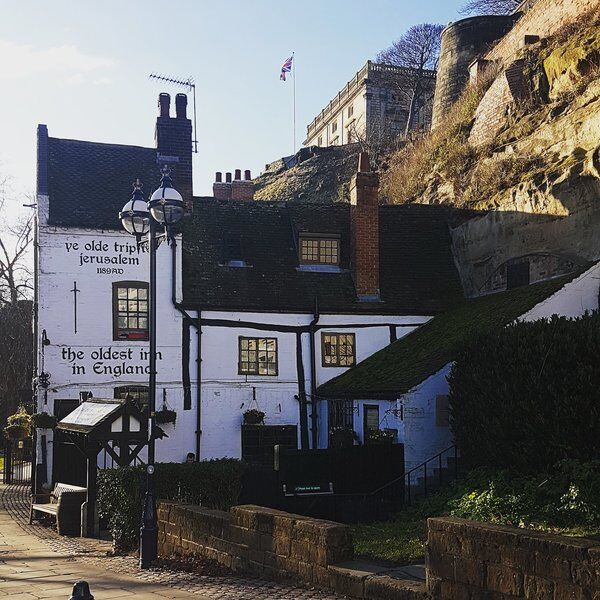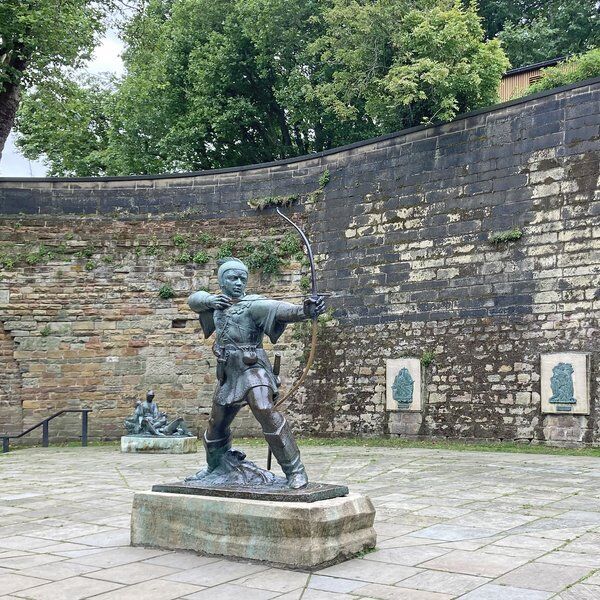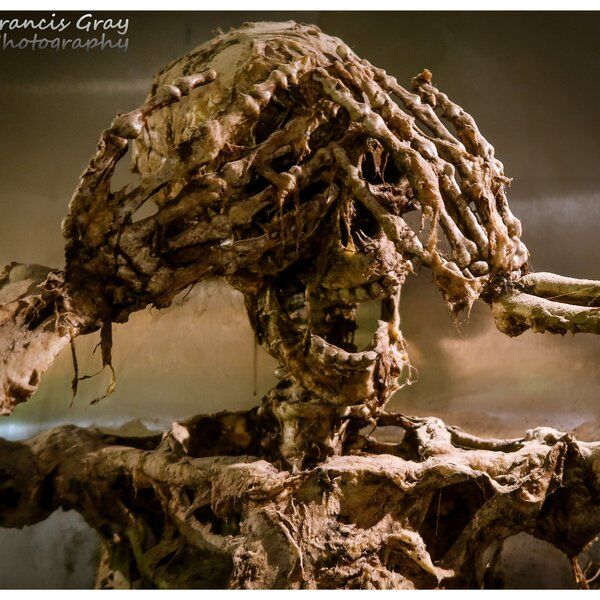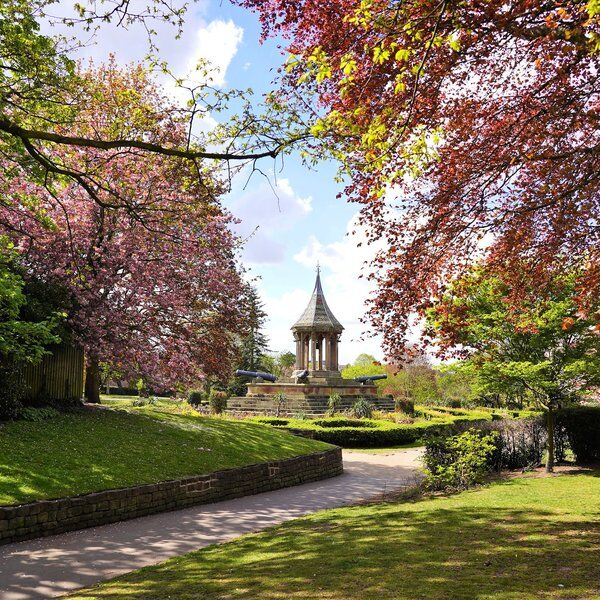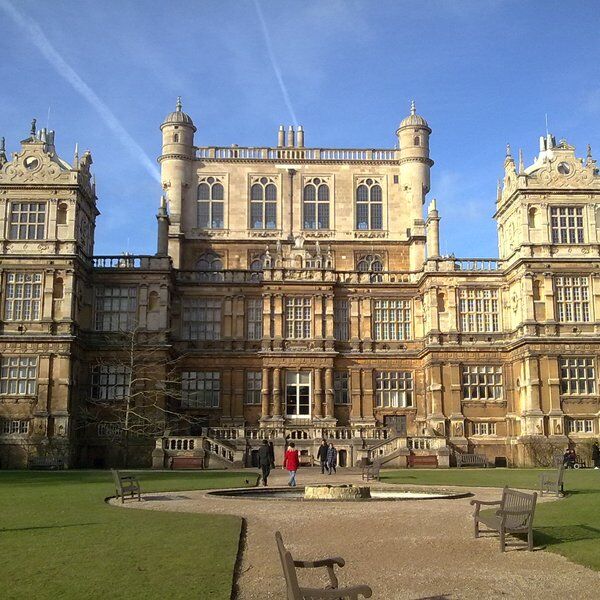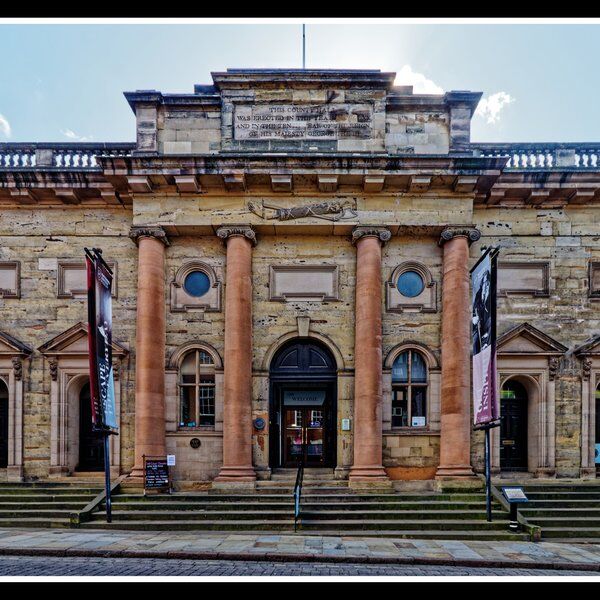Introduction
Perched on a high sandstone outcrop, Nottingham Castle's origins can be traced all the way back to the Norman conquest in 1068. Built by William the Conqueror, this historic edifice has been a silent witness to some of England's most significant and tumultuous events.
From royal intrigues and legendary tales of outlaws to the scars of civil war, the castle stands as a testament to a bygone era's power and conflict. Read on to find out more…
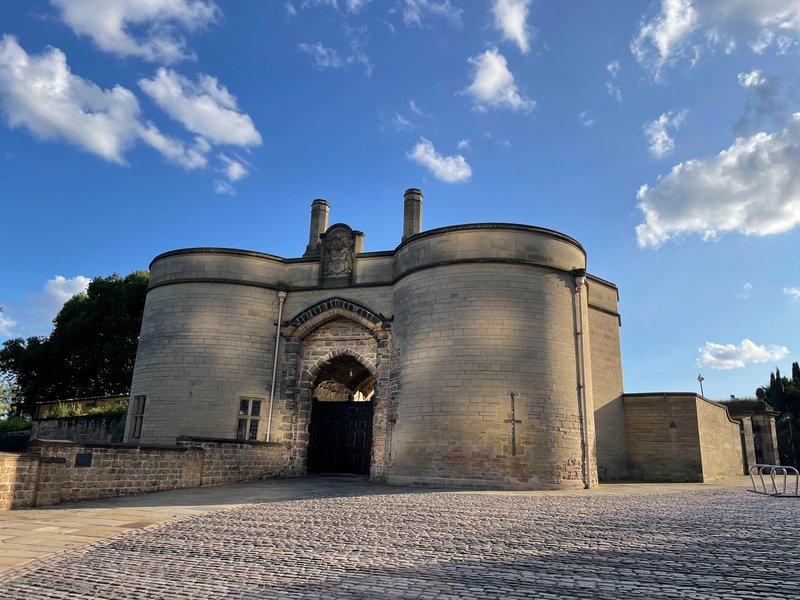
The History of Nottingham Castle
In its infancy, Nottingham Castle was a classic Norman wooden motte and bailey fortification, strategically overlooking the bustling town of Nottingham. The 12th century ushered in a transformation under Henry II, who replaced the wooden structure with a formidable stone castle, enhancing its strategic and political significance.
The castle's narrative is intertwined with iconic figures of English history. During the reign of King Richard I (Richard the Lionheart), his brother Prince John, later King John, held the castle. This period is famously linked with the tales of Robin Hood, where the Sheriff of Nottingham, operating from this very castle, became Robin Hood's arch-nemesis in folklore.
The English Civil War in the 17th century marked one of the castle's most dramatic episodes. As a pivotal Royalist stronghold, it witnessed fierce battles before falling into Parliamentarian hands in 1642. The war left the castle in ruins, leading to its eventual demolition.
By the early 19th century, Nottingham Castle had a new, very unpopular owner - The Duke of Newcastle. A prominent member of the House of Lords, the Duke of Newcastle - whose full name was Henry Pelham Fiennes Pelham-Clinton - was an active politician vehemently opposed to reform. In 1831, the population of Nottingham got their revenge after the Duke voted for the second time against the Reform Bill, an act that would have given more men the right to vote. They surrounded Nottingham Castle and set it alight. The Duke was given a hefty payout to restore the castle, but chose to keep the money instead.
The late 19th century breathed new life into the ruins. Reimagined as a museum and art gallery in 1878, Nottingham Castle became one of the United Kingdom's first municipal museums, marking a shift from a symbol of power to a beacon of culture and history.

See and Do at Nottingham Castle
Nowadays, Nottingham Castle beckons as a vibrant cultural hub. The museum and art gallery within its walls are home to a splendid collection of artworks and historical artefacts that narrate not only Nottingham's story but also the broader cultural and artistic heritage of the region.
Beyond its indoor treasures, the castle grounds themselves are a marvel. The remnants of medieval architecture, coupled with beautifully manicured gardens and commanding city views, offer a serene yet awe-inspiring experience.
The Ducal Mansion, rising from the ashes of the medieval castle, adds a touch of 19th-century grandeur to the historic landscape. According to one newspaper report from 1831, a former dweller at the mansion included an “ancient lady of rank” who had a “fondness for lap dogs and a large ape - her constant companion”.
Interactive exhibits and events breathe life into the castle's history, offering an immersive experience for visitors of all ages. From medieval reenactments to contemporary art exhibitions, the castle seamlessly blends the past with the present, making each visit a unique journey through time.
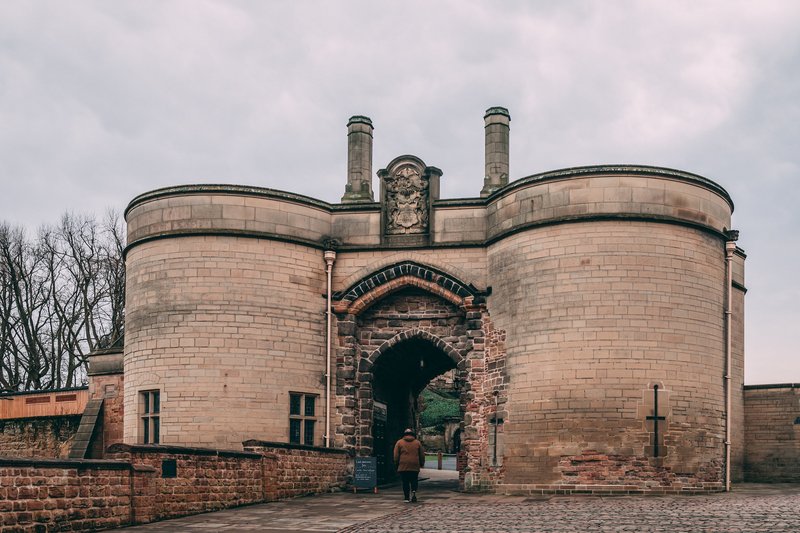
Nottingham Castle and Robin Hood
Nottingham Castle occupies a central role in the legendary tales of Robin Hood, the famed outlaw of English folklore. In these stories, the castle is the stronghold of the Sheriff of Nottingham, Robin Hood's arch-nemesis. The tales often depict thrilling escapades where Robin Hood outwits the Sheriff and his guards within the castle's walls or nearby Sherwood Forest. This legendary association imbues Nottingham Castle with an aura of intrigue and adventure, making it a symbolic site in the enduring myth of Robin Hood, who championed the poor against the tyranny of the corrupt Sheriff.
Some Quick Facts about Nottingham Castle
- Architectural Evolution: The castle's transformation from a wooden fort to a stone fortress and eventually to a Ducal Mansion mirrors the architectural and political changes of the times.
- Robin Hood Connection: Nottingham Castle is inextricably linked with the legend of Robin Hood, adding a layer of myth and folklore to its historical significance.
- Artistic Haven: The castle's museum and art gallery boast an impressive collection, including works by notable artists and historical artefacts, making it a treasure trove for art enthusiasts and history buffs alike.
- Spectacular Views: The castle's elevated position offers breathtaking views of Nottingham, providing a panoramic vista that spans the urban landscape.
- A Symbol of Resilience: Having been rebuilt and repurposed multiple times, Nottingham Castle stands as a symbol of resilience and adaptability, reflecting the ever-changing tapestry of English history.
Nottingham Castle is not just a monument of stone and mortar; it is a living chronicle of England's past, a cultural hub that connects the historical dots, and a place where stories of old come alive.
Whether you're a history enthusiast, an art lover, or simply in search of a unique travel experience, Nottingham Castle promises a journey through the annals of time, leaving visitors enchanted and enriched.
Discover More about Nottingham With CityDays

Interested in finding more places like this? Try one of our Treasure Trails in Nottingham - untangle cryptic clues as a team, as you are taken on a journey to the most unique, unusual and bizarre corners of York.
